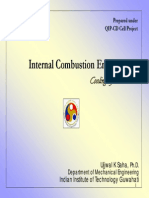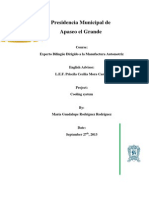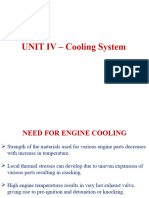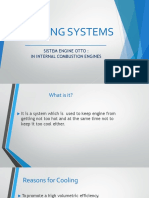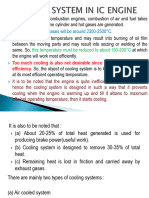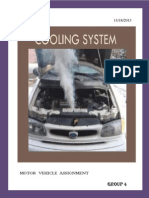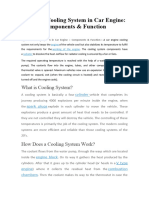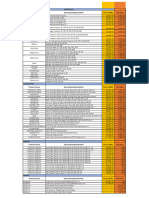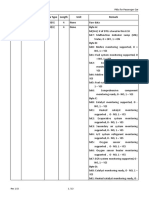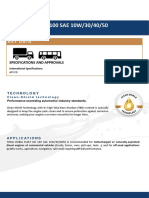0% found this document useful (0 votes)
34 views55 pagesCooling System
The document provides an overview of cooling systems in internal combustion engines, detailing their purpose, components, and methods of operation. It emphasizes the importance of maintaining optimal engine temperatures to prevent overheating and excessive wear, while also discussing various cooling methods such as liquid and air cooling systems. Additionally, it covers the roles of key components like the water pump, thermostat, and radiator in facilitating effective heat transfer and engine performance.
Uploaded by
rajsinghiitgCopyright
© © All Rights Reserved
We take content rights seriously. If you suspect this is your content, claim it here.
Available Formats
Download as PDF, TXT or read online on Scribd
0% found this document useful (0 votes)
34 views55 pagesCooling System
The document provides an overview of cooling systems in internal combustion engines, detailing their purpose, components, and methods of operation. It emphasizes the importance of maintaining optimal engine temperatures to prevent overheating and excessive wear, while also discussing various cooling methods such as liquid and air cooling systems. Additionally, it covers the roles of key components like the water pump, thermostat, and radiator in facilitating effective heat transfer and engine performance.
Uploaded by
rajsinghiitgCopyright
© © All Rights Reserved
We take content rights seriously. If you suspect this is your content, claim it here.
Available Formats
Download as PDF, TXT or read online on Scribd
/ 55












